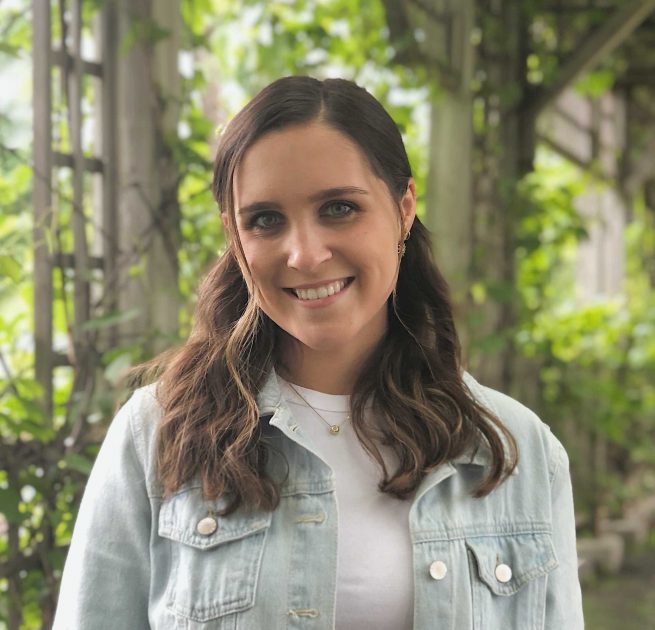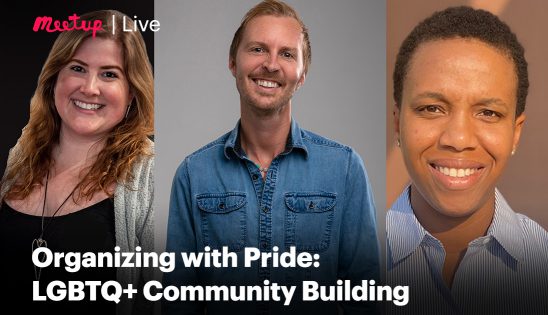Hiking is a great way to improve your physical and mental wellbeing, so it’s no surprise that hiking has been among the top-searched topics on Meetup for the past year. There are Meetup hiking groups across the globe from Houston to Hong Kong that will help you move your body, find new friends, and explore new places!
Watch this Meetup Live for a discussion with Meetup hiking group organizers David and Letlet Grange of Hiking Hikers Hiking (3H), and Sara MacKenzie of GO London Hiking, as they share photos and stories of amazing adventures at different elevations. You’ll be inspired to explore the world and reach new heights.
Timestamps:
- Intro to panelists (1:42)
- Questions reguarding hiking Meetup groups (3:12)
- Hiking Hikers Hiking (David & Letlet Grange) photos & stories (13:13)
- GO London Hiking (Sara MacKenzie) photos & stories (21:43)
- Advice to new hiking group members or organizers (28:52)
- Q&A (31:41)
Top Q&A & Resources
- How do you manage groups of varying abilities?
- David & Letlet: “Letlet and I have it easy because there are two of us and before the hike we decide which one of us will be in the front, and which one of us will be in the back. We try to have a sweeper in the back and if we do see that we’re getting a little strung out, whoever’s in front tends to take a few more breaks and wait a little bit of extra time. Just kind of gauge the group and then obviously whoever’s sweeping in the back tries to push the group along a little bit faster. But it is difficult, and it seems like the larger you’re hiking group is that day, the more strung out you might get. So we always try to keep our hikes limited to 10 or 15 people which helps keep the mix of the group a little bit tighter when we’re hiking.”
- Sara: “So with my hikes, we grade them: they are either beginner, intermediate or advanced, and we kind of expect people in the advanced group to not be falling behind. We definitely find that being specific with our pace and our speed and the kind of elevation that we’ll have that day helps because it puts people where they’re most comfortable. But also just keeping your group numbers manageable.”
- How do you optimize the number of people who will actually show up to your hikes? For example, do you keep track of each member’s cancellations and no-shows, and move them to not going or wait list?
- David & Letlet: “We keep track of people that sign up and do not show up. We don’t necessarily send them a message or anything but we do mark them as a no show which is very helpful for the other event organizers. When they post a hike in the future and they see somebody who has a series of no shows, they kind of know that they’re probably not going to necessarily be there. If we see somebody that’s constantly, now showing we do write to them and let them know that it’s important, especially on hikes where there’s wait lists that you not sign up and then not show up, because there are people that are wanting that spot.
- Sara: We charge for our hikes, and I think that’s a big carrot for people to get out of bed in the morning and go hiking.”
- What’s the best way to get leaders for your hikes?
- David & Letlet: “We lead a lot of hikes, and we observe a lot of people, and if we see somebody who seems knowledgeable and personable and outgoing we oftentimes approach them. I mean, we do get approached by members who ask if they could lead but we also approach ones that we particularly think would be well liked by the group and especially if they’re in another area of the valley or the state where they could help lead hikes in areas that maybe are underserved by our group. But yeah, we’re always seeking different personalities and different types of people, and different speeds.
- Sara: I think we try to find people who are good people, friendly, outgoing, happy people to lead and then we figure we can teach the navigation, and we can teach the other skills. But being personable and friendly and outgoing is a super important trait for somebody who’s going to be leading groups.”
Resources:
Sara:
David & Letlet:
Last modified on March 15, 2022











